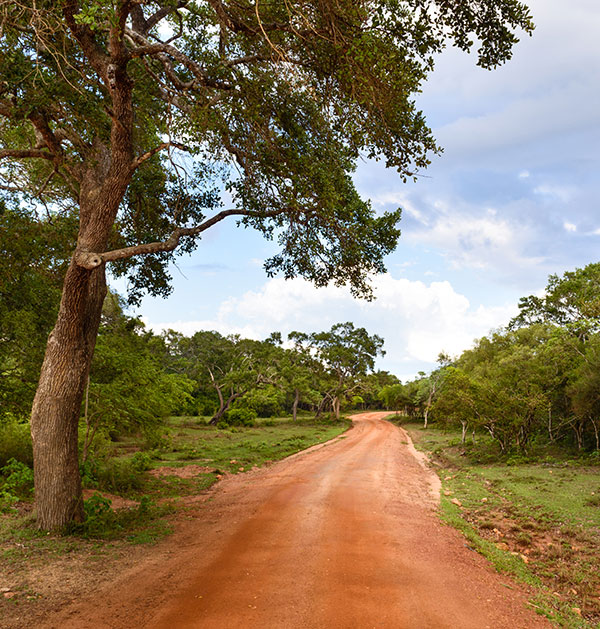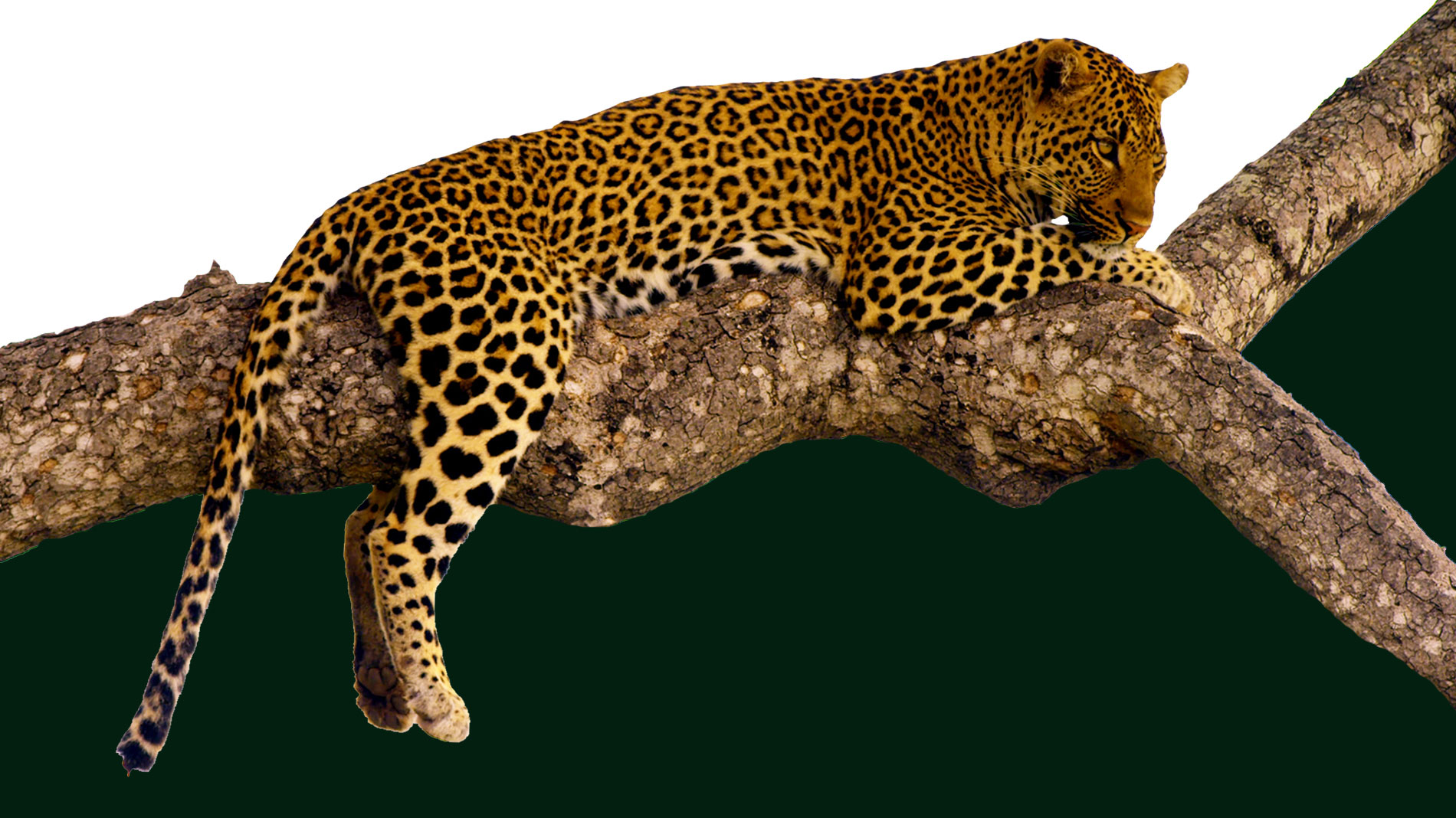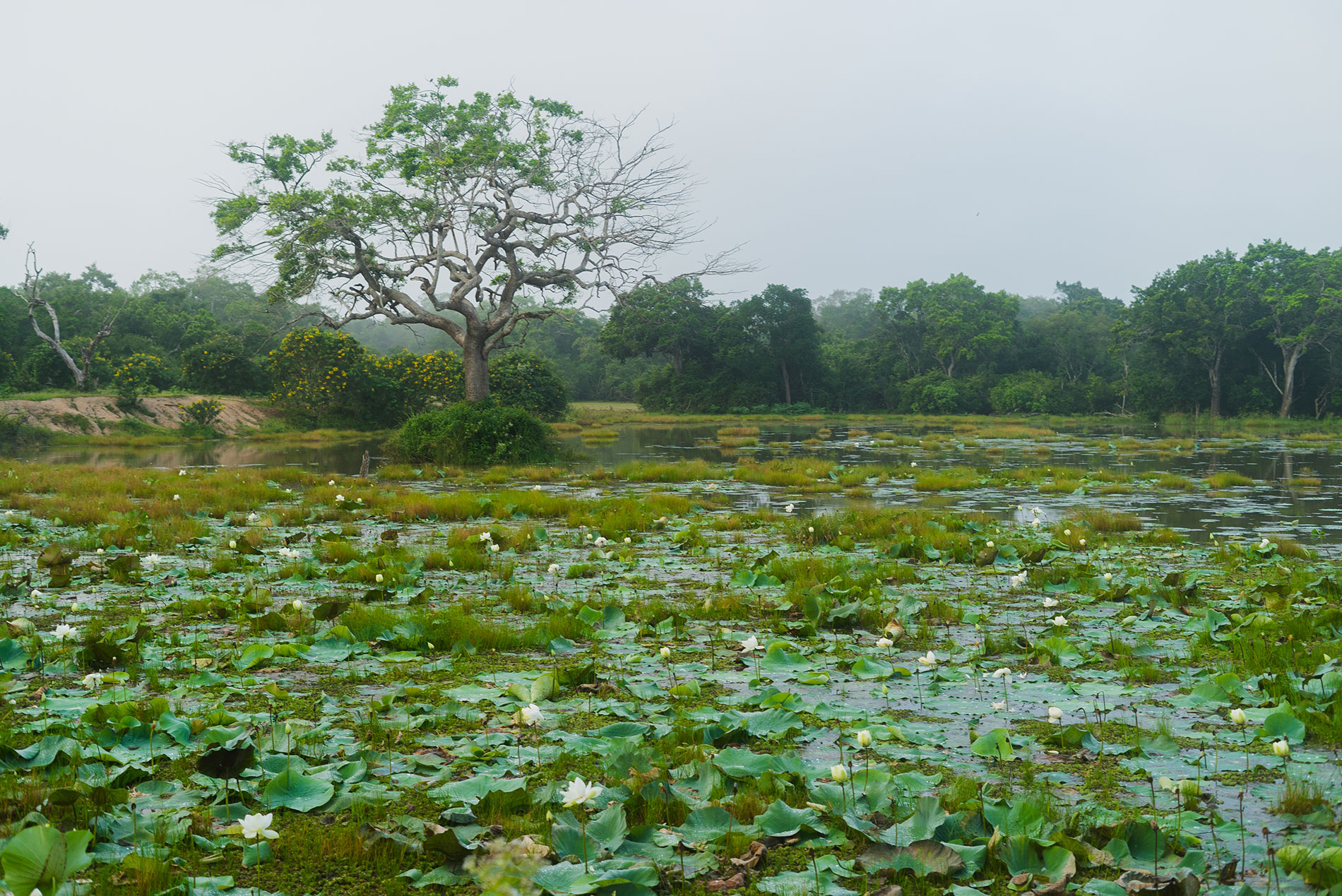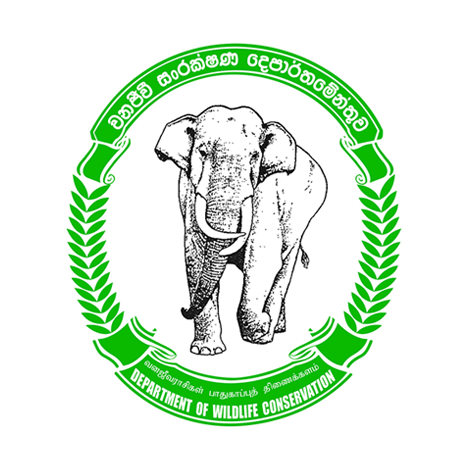ENVIRONMENT
Introduction

The landscape of Wilpattu National Park is covered with dry evergreen forests and deciduous thorn scrubs, interrupted by open plains and some 40 seasonal or permanent lakes known as “Villus”, rimmed by sand dunes or sandy plains.
Villus are shallow depressions containing rain water, usually with no water inlet or outlet. They give Wilpattu its name: the “Land of lakes”. The extent of the villu ranges from less than 10 ha to 160 ha and may contains either freshwater (e.g. Kumbuk Vila), brackish water (e.g. Kali Villu), or saline water (Kokkari Villu).
The villus are mainly located in the Central and North-Western parts of the national park and are home to a variety of animals and plants. In 2013 the WNP and its bordering sea and islands within 10 km offshore as well as the Mahavilachchiya tank, were declared as a wetland of international importance under the Ramsar Convention.
- – The altitude ranges from the sea level to 240 m
- – The mean annual temperature is 27.2ºC,
- – Average mean relative humidity is 85%,
- – Annual rainfall is approximately 1,000 mm.
- – Wet seasons: Heavy monsoonal rains from October to December, and less inter-monsoonal rains from March to May.
- – Dry seasons: Extensive droughts from May to September

The altitude ranges from the sea level to 240 m
Annual rainfall is approximately 1,000 mm.
Wet seasons: October to December, and from March to May.
Dry seasons: Extensive droughts from May to September

Biological Wealth
Faunal species recorded:
- 29 species of freshwater fish
- 17 species of amphibians
- 56 species of reptiles
- 149 species of birds
- 41 species of terrestrial mammals
- 86 species of butterflies
Around 70% of Wilpattu National Park is covered with dry evergreen forest of differing heights depending on soil quality, and deciduous thorn scrub. There are small grasslands surrounding the villus that get exposed to flooding in the wet seasons.
A total of 623 species of flowering plants belonging to 123 plant families have been recorded in Wilpattu, and the large Palu tree (Manilkara hexandra) and the Weera (Drypetes sepiaria) are conspicuous in the forest. There are also permanent and seasonal rivers and their tributaries as well as irrigation tanks up to 2,000 years old, while coastal salt marshes and scrub lie behind the beach. The Kala Oya estuary contains one of the largest intact mangrove forests in Sri Lanka. The shallow sea is highly productive, supporting artisanal fishermen, and contains beds of seagrass, supplying food for globally threatened Dugong (Dugong dugon).
A survey conducted in early 2003-4 period recorded 284 faunal species belonging to 101 families within the Park. There were 21 endemics and 30 nationally threatened species among them. When considering the proportional representation, birds were the most abundant vertebrate group (39%) whereas amphibians were the least abundant (4%).
The park is well known for accommodating globally threatened large mammals, whose sub species are unique to Sri Lanka: Leopard (Panthera pardus kotiya), the Sloth Bear (Melursus ursinus inornatus) and Elephant (Elephas maximus maximus). Scattered herds of Spotted Deer (Axis axis) can be found throughout the park, while the Mugger Crocodile (Crocodylus palustris) is the most noteworthy reptiles. In the shallow marine waters live globally threatened Dugongs (Dugong dugon), Indo-Pacific Humpbacked Dolphins (Sousa chinensis) and Marine Turtles (Olive Ridley – Lepidochelys olivaceae and Green Turtle – Chelonia mydas) are recorded.
The following endemic species of birds can be observed at the park and surroundings: Sri Lanka Junglefowl (Gallus lafayetti), Sri Lanka Green Pigeon (Treron pompadora), Grey Hornbill (Ocyceros gingalensis), Black-capped Bulbul (Pycnonotus melanicterus), Brown-capped Babbler (Pellorneum fuscocappilum), Ceylon Hanging-parrot (Loriculus beryllinus), Ceylon Small Barbet (Megalaima rubricapillus), Greater Sri Lankan Flameback (Chrysocolaptes stricklandi), Ceylon Swallow (Hirundo hyperythra), and Ceylon Woodshrike (Tephrodornis affinis).
Header banner image : Background vector created by freepik - www.freepik.com
